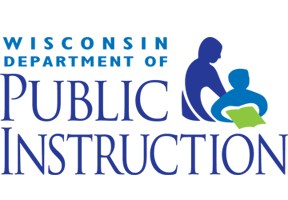Continuing what I started with chapter one, I again read and thought over breakfast. It felt good to give myself the time, space, and permission to linger over my reading and writing. I'm sharing the notes I took as part of this post.
Chapter 2 gives many, many examples of fixed and growth mindset and explores each mindset's approach to failure and effort. The chapter left me thinking about two big ideas:
- applying mindset to relationships - especially coaching relationships
- the relationship between mindset and assessment
Dweck writes, "It's not just about intellectual tasks. . . People also have to decide what kinds of relationships they want: ones that bolster their egos or ones that challenge them to grow" (p. 18). Coaching relationships are ones that challenge both people - client and coach - to grow; growth mindset is a critical component of coaching.
It seems, then, that a school culture and climate that fosters growth mindset is an important component of the success of coaching. How can a school measure the growth mindset of its staff and students to determine readiness for coaching? How can growth mindset be encouraged among staff and students?
Mindset and Assessment
Dweck and her team did an experiment with a group of fifth graders. They placed a test in a box and asked each student questions about the test. Students were told the test "measured an important school ability" (p. 26) and then asked whether the test measures how smart they are now and how smart they could be in the future. Dweck writes,
"Students with the growth mindset had taken our word that the test measured an important ability, but they they think it measured how smart they were. And they certainly didn't think it would tell me how smart they'd be when they grew up. In fact, one of them told us, 'No way! Ain't no test can do that.'
But the students with fixed mindset didn't simply believe the test could measure an important ability. They also believed - just as strongly - that it could measure how smart they were. And how smart they'd be when they grew up.
They granted one test the power to measure their most basic intelligence now and forever. They gave this test the power to define them" (p. 27).
Dweck also applied mindset to educators, proposing that those with a fixed mindset believed they could understand a student and his/her capabilities from a single test score.
This combination - students and educators with a fixed mindset - makes assessment seem even more high stakes and dangerous than I've ever considered. A student with a fixed mindset sees his/her future in a single score. An educator with a fixed mindset makes judgments about a student from a single score.
How do we ensure our classrooms and systems approach assessment with a growth mindset? How do we communicate with families and community members to encourage viewing assessment through the lens of a growth mindset?
Use the comments to share your thinking about Chapter 2.
(Chapter 3 - The Truth about Ability and Accomplishment is next. Join the conversation in late December.)




